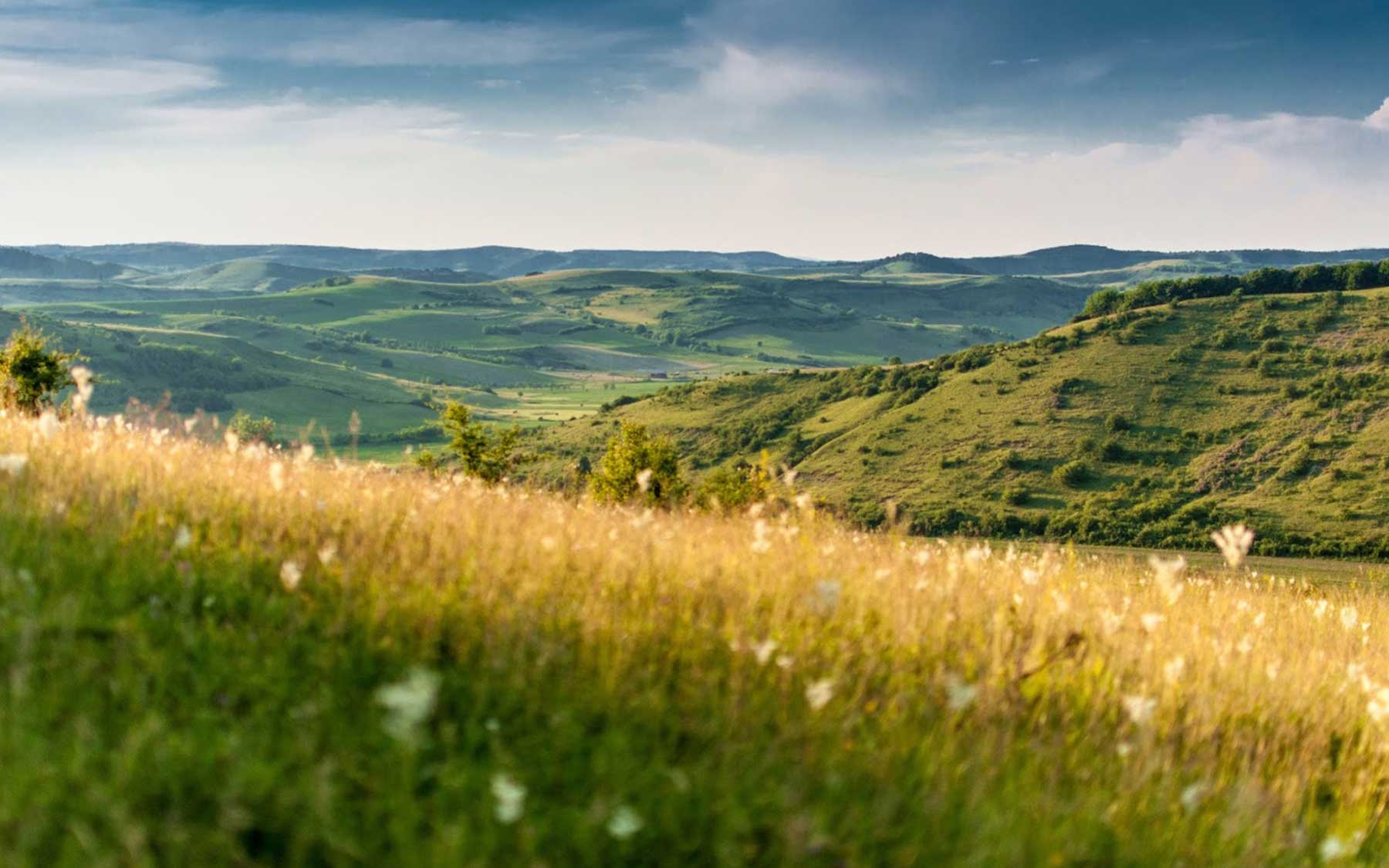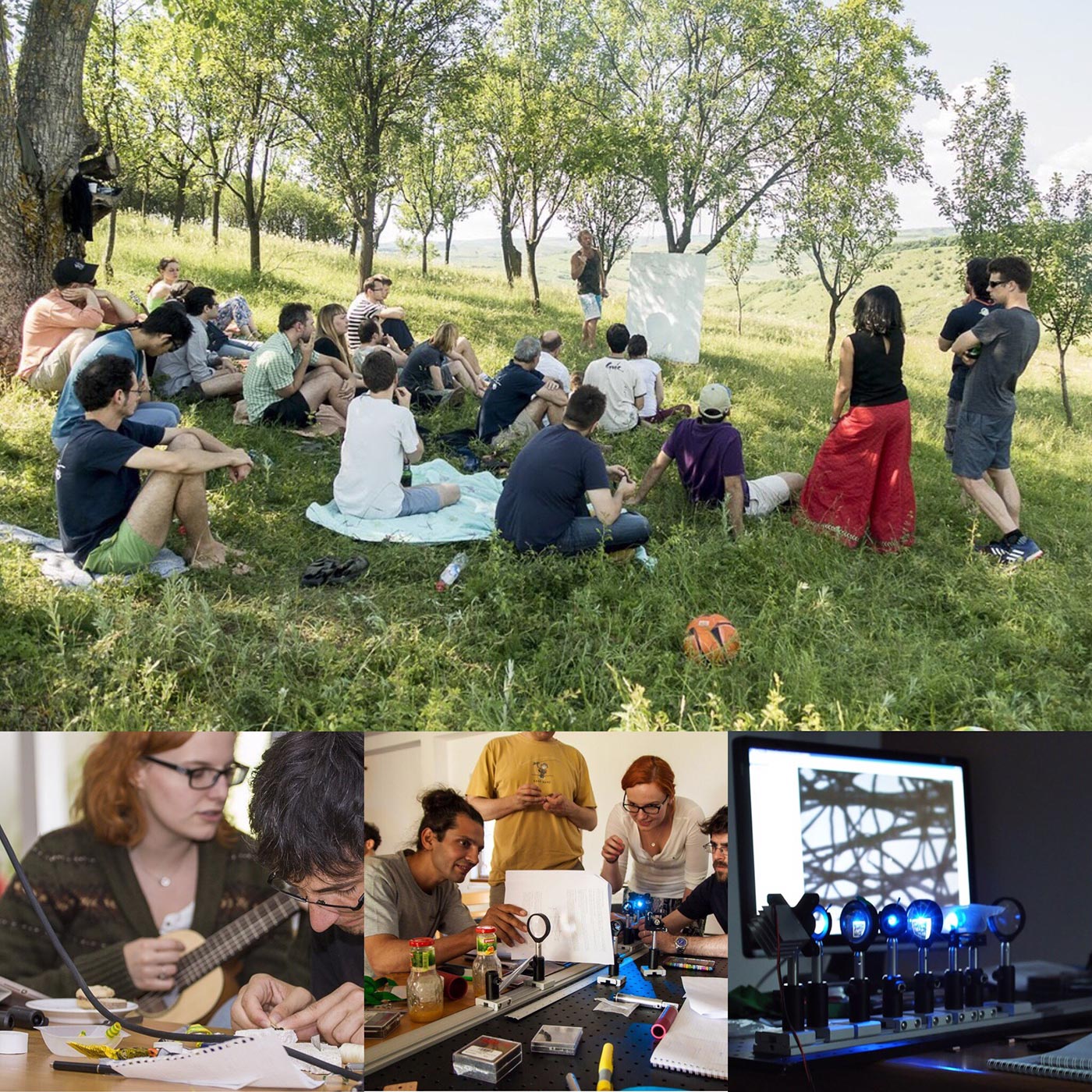Too many scientists become limited by the availability of expensive, sophisticated tools, according to CSHL Associate Professor Florin Albeanu. He hopes to change that by essentially teaching a DIY approach to neuroscience.
Do-it-yourself (“DIY”) science evokes images of amateur scientists tinkering with test tubes in garages on the weekends. So, at first, the picture of a group of trained scientists conducting sophisticated neuroscience experiments in the picturesque Transylvanian countryside seems like a far cry from DIY science. But it’s actually happening, and at the heart of this unusual gathering in Central Europe are DIY attitudes: empowering people to pursue their interests, overcoming resource limitations, and building a community.For the past four summers, ambitious young scientists from around the world have traveled to a quaint hotel in Romania for the Transylvania Experimental Neuroscience Summer School, started by CSHL Associate Professor Florin Albeanu along with two friends, Raul Muresan of Romanian Institute of Science and Technology and Adam Kampff from the Sainsbury Wellcome Centre at UCL. This year’s class just arrived on June 1. By the end of the 3-week course, they will transform the hotel into a laboratory and conduct original neuroscience experiments using tools they’ve built—when they’re not out for a jog around the lake or dancing or a soccer game, that is.
Albeanu, with the help of his co-founders, a dedicated team of teaching assistants, visiting lecturers, and generous sponsors and partners, aims to “empower the students by showing them that, really, they shouldn’t be limited by the tools.” It doesn’t matter if the tool in question costs up to a quarter-million dollars, as does a powerful tool called a two-photon microscope which allows neuroscientists to view individual neurons in active brains. For as little as a quarter of the cost, the students learn how to build equipment such as this using lenses, mirrors, and other individual parts. Albeanu cheerfully insists that extensive training isn’t necessary for this because, “these tools are not so complicated.”
Read about why the course is in Transylvania in National Geographic
So far, the students have proven him right year after year. They manage to build these sophisticated tools within about two weeks so that they can move on to the next phases of the course, learning and applying neuroscience techniques to a project that piques their interest. “If you allow people not to be limited by resources and the tools they need, they can actually focus on asking and answering fundamental questions,” Albeanu says.
Time-lapse of the stars above the Transylvania Experimental Neuroscience Summer School
Knowing how to build your own equipment means that the students can customize their rigs to suit their unique needs. By day in the lab, that means tweaking equipment so that it provides the specific information they need about the brain. But by night, when you’re in the dark Transylvanian countryside, stargazing becomes a priority.
Fortunately, the telescope and the microscope are not so different from each other. “You’d be surprised, but the same tools that you use to look into the brain, you can use to look up in the sky,” Albeanu explains. In past years, using a telescope, made out of similar components, they looked at the rings of Saturn and other marvels above—a reminder that a DIY approach can truly help them reach for the stars.
Read this next: Imaging neurons using ultrafast lasers hints at how brains make decisions

